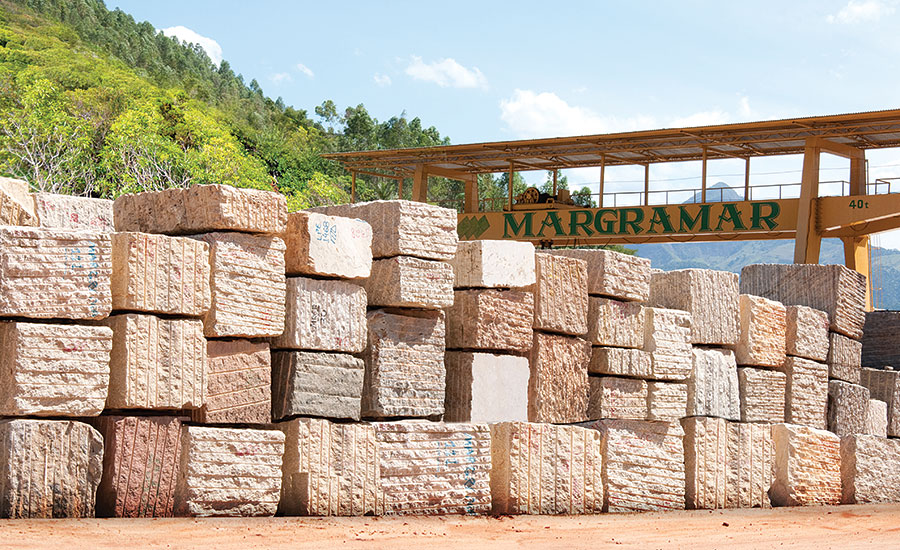Unearthing the Rich History and Lasting Practices of Granite Quarrying
As we base on the precipice of revealing the complex tapestry of granite quarrying, a trip through time discloses not just the physical act of drawing out rock but likewise the social and historical significance woven into the extremely textile of this practice. From the old beginnings that laid the foundation for contemporary quarrying strategies to the sustainable methods that are forming the future of this sector, each sculpt mark on granite surfaces narrates waiting to be uncovered (granite quarries in south africa). The legacy of granite quarrying extends much beyond plain removal; it is a testament to human resourcefulness, strength, and the long-lasting attraction of this marvelous stone
Ancient Origins of Granite Quarrying
Going back to old human beings, the practice of quarrying granite has been an important component of human background and building advancement. The earliest evidence of granite quarrying go back to ancient Egypt, where enormous pyramids and detailed sculptures were crafted from this sturdy stone. The Egyptians utilized primitive tools to extract granite blocks from quarries, showcasing the significance of this material in their significant buildings.
Moving on in background, the Greeks likewise made considerable payments to the quarrying of granite. The Greeks utilized granite in different architectural marvels, such as temples and statues, demonstrating their ability in shaping and sculpting this durable rock. The Romans better improved the methods of quarrying granite, utilizing advanced tools like chisels and hammers to remove and form granite for their famous frameworks.
With the centuries, the practice of quarrying granite has evolved, with modern-day innovations improving effectiveness while maintaining the timeless allure of this all-natural stone - granite quarries in south africa. From ancient people to contemporary builders, the heritage of granite quarrying remains to shape our globe
Advancement of Quarrying Methods
The evolution of quarrying methods has actually been marked by a continual progression in the direction of greater performance and precision in drawing out granite. Early quarrying techniques included hand-operated labor with basic devices such as knives, hammers, and wedges to draw out granite blocks from the planet.
In even more current times, the advent of equipment revolutionized the quarrying market, allowing much faster extraction prices and raised productivity. Technologies such as ruby cord saws, high-pressure water jets, and pneumatic drills have ended up being standard in contemporary quarries, enabling specific cutting and decreased waste. Innovations in computer-controlled equipment and 3D modeling have optimized quarrying operations, leading to very little environmental effect and boosted sustainability techniques. As the need for granite proceeds to climb, the evolution of quarrying techniques stays essential to meeting sector needs efficiently and sustainably.
Social Relevance of Granite
Granite holds an extensive social importance across various civilizations as a result of its long-lasting existence in architectural masterpieces and revered monoliths. From the impressive pyramids of Egypt to the detailed carvings of the Angkor Wat temple in Cambodia, granite has actually been a product site link of option for expressing majesty and long life in cultural heritage. In ancient Rome, granite columns embellished temples and public buildings, signifying stamina and permanence. The social relevance of granite prolongs past its physical qualities; it symbolizes strength, security, and timelessness, making it a symbol of sustaining traditions and traditions.

Lasting Practices in Quarrying
In the middle of the rich background of granite quarrying and its social importance exists an expanding emphasis on sustainable practices within the sector. As environmental awareness and problems regarding resource deficiency have heightened around the world, the quarrying market has significantly accepted lasting techniques to minimize its effect on the atmosphere and bordering neighborhoods.

Additionally, recovery and rehabilitation of quarry sites post-extraction are important to lasting techniques. By bring back quarried areas to a natural or useful state, such as producing wild animals environments or entertainment areas, quarriers can balance out the environmental footprint of their operations and add favorably to the regional environment.
Tradition of Granite Quarrying
With a historical background soaked in workmanship and industrial progress, what sustaining influence has granite quarrying left on the landscape of contemporary society? The legacy of granite quarrying goes beyond simple extraction practices; it has actually shaped architectural wonders, metropolitan landscapes, and cultural heritage worldwide. The durable nature of granite has actually made it a favored choice for monuments, buildings, and framework, standing as a testament to the skill and virtuosity of quarry workers throughout generations.
Moreover, the economic impact of granite quarrying can not be forgotten. The market continues to give job opportunity and drive neighborhood economic climates in areas where granite removal prevails. It has actually also stimulated technological innovations in quarrying methods and equipment, causing much more reliable and sustainable techniques.
In regards to sustainability, the legacy of granite quarrying includes initiatives to mitigate environmental effects via reclamation jobs and liable source management. By balancing financial passions with environmental stewardship, the industry aims to make certain that future generations can continue to benefit from this enduring natural source.
Conclusion
